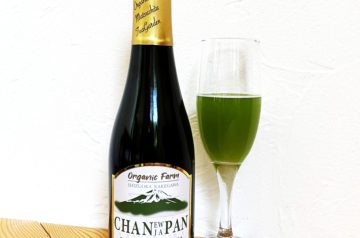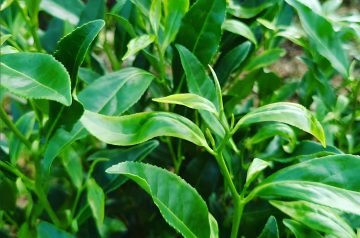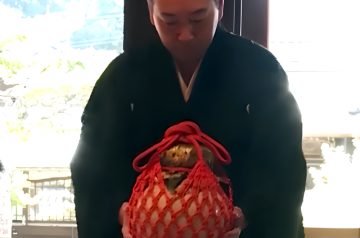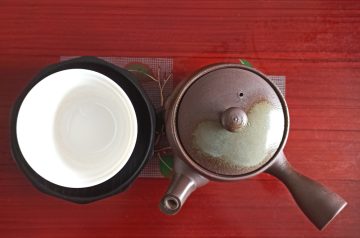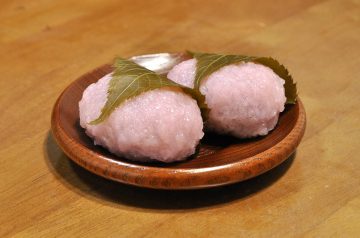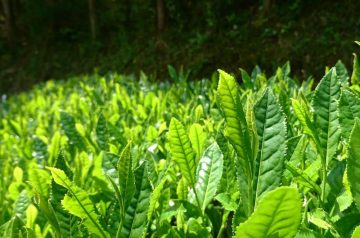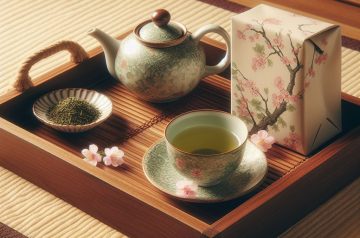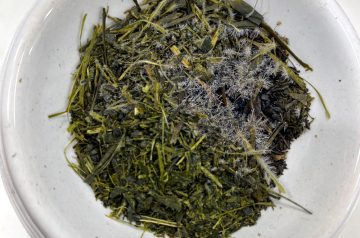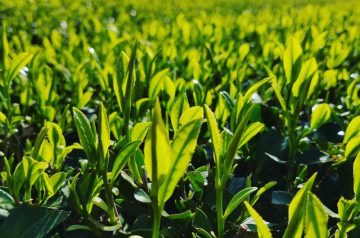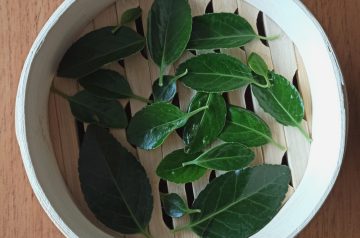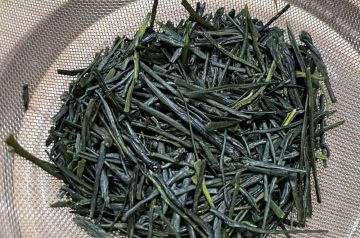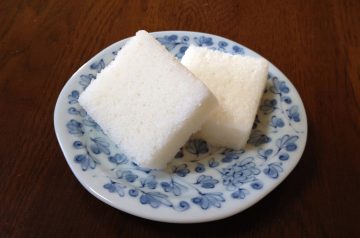A Japanese friend told me about this innovative product. It’s a carbonated tea liquor called chanpan. Instead of being made with grapes like champagne, this drink has “cha” meaning...
The Yumekaori Tea Cultivar
Yumekaori (ゆめかおり) is the first Japanese cultivar that was specifically bred for the resistance to the white peach scale, a common pest for tea in Japan. When withered, this...
Chatsubo Kuchikiri no Gi
During the Tokugawa shogunate in the Edo period, a special tea procession was created. Tea leaves harvested in the spring were brought to the shogun every year. Nowadays, a...
My Morning Tea Routine
Since last year, most of my tea drinking has happened at the office. This is where I spend most of my time. In this post, I’ll describe my morning...
Sakura Mochi
Sakura mochi (桜餅) is a wagashi (Japanese traditional sweet) that’s usually wrapped in a cherry blossom leaf. Basically, it’s a pink colored rice-based dessert with a sweet bean filling....
The Miyamakaori Tea Cultivar
Miyamakaori (みやまかおり) is a late budding cultivar used for sencha production. Its name means “deep mountain aroma”, 深山香. History of Miyamakaori In 1983 at the tea industry branch of...
Swapping Tea with Friends
Did you buy a tea that you just don’t enjoy as much? Or perhaps you bought too much of a single tea and now you worry that you’ll get...
Crystals on Tea Leaves
Some days ago a Japanese friend send me a picture. It looked like crystals that had grown on top of some of the tea leaves. She told me that...
The Harunonagori Tea Cultivar
Harunonagori (はるのなごり) is a late budding cultivar that can be used for sencha and oolong production. The name can be literally translated as the sorrow of the passing of...
How to Make Sencha from Your Tea Plant
At my balcony, I have some tea plants that I’ve been taking care of. Since their are still too young, I don’t get to harvest them regularly. Also, I’ve...
The Haruto 34 Tea Cultivar
Haruto 34 (はると34) is a very early budding cultivar with a good taste and aroma. The name comes from the Chinese characters 春翔, meaning spring and soar. Hence the...
Karukan
Karukan (軽羹) is a traditional sweet from Kyushu. It’s made with rice flour, Japanese mountain yam (山芋, yamaimo, Dioscorea japonica), sugar, and water. Japanese mountain yam is the most...

